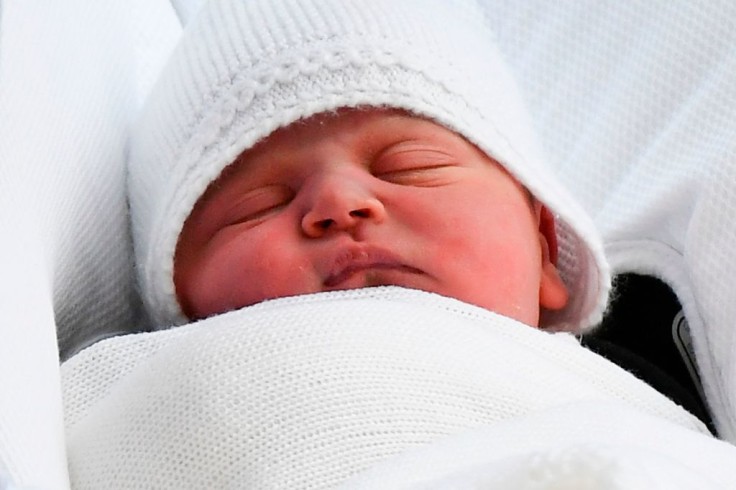
Co-sleeping, or sharing a bed with your infant, can be a wonderful bonding experience for parents and babies alike. It's crucial to prioritize safety to ensure a secure sleep environment for your little one.
Co-sleeping might be one of the most controversial topics and a serious decision to make for both parents since babies are at risk of sudden infant death syndrome (SIDS.)
Some parents might opt for roomsharing or bedsharing if you have fully decided to go on the co-sleeping path with your baby.
We've gathered the 15 best expert-approved tips for safe co-sleeping to massively reduce the risks.
Here are tips focusing on infant sleep safety, expert tips, safe sleep practices, and essential parenting advice.
15 Tips for Safe Co-Sleeping with Your Infant
1. Choose the Right Bedding:
Invest in a firm mattress and avoid soft bedding like fluffy comforters and pillows. Opt for tight-fitting sheets and lightweight blankets to reduce the risk of suffocation. Selecting appropriate bedding is a fundamental aspect of creating a safe co-sleeping environment.
2. Create a Separate Space:
Establish a dedicated area for your infant within your bed using a co-sleeper or a bassinet. This ensures that your baby has their own space while still being close to you. This separate space helps balance the benefits of co-sleeping with the need for a secure sleep environment.
3. Firm Sleep Surface:
Ensure that the sleep surface is firm to reduce the risk of Sudden Infant Death Syndrome (SIDS). Avoid waterbeds and overly soft mattresses. A firm sleep surface provides essential support for your baby's safety during co-sleeping.
4. Practice the "Feet to Foot" Rule:
Place your baby at the foot of the bed to prevent them from slipping under the bedding. This helps maintain a clear airway and minimizes the risk of overheating. The "Feet to Foot" rule is a simple yet effective technique to enhance safe sleep practices during co-sleeping.
5. Be Mindful of Pillows:
Keep pillows away from your baby's head and face. Consider using a small, firm pillow if needed, but make sure it's positioned away from your baby's sleeping area. Being mindful of pillow placement is crucial to preventing potential hazards during co-sleeping.
6. Avoid Overheating:
Dress your baby in lightweight clothing and ensure the room temperature is comfortable. Overheating increases the risk of SIDS, so be cautious about using too many layers or heavy blankets. Regulating temperature is a key component of safe sleep practices during co-sleeping.
7. Breastfeed Safely:
If you're breastfeeding, practice safe co-sleeping by feeding your baby in bed and placing them back in their separate sleep space afterward. This promotes bonding without compromising safety. Breastfeeding safety is integral to the co-sleeping experience.
8. No Smoking or Alcohol:
Avoid smoking or consuming alcohol, as these substances can impair your ability to respond to your baby's needs and pose additional risks during co-sleeping. Creating a smoke-free and alcohol-free environment is paramount for the well-being of both parents and infants during co-sleeping.
9. Follow the ABCs of Safe Sleep:
Remember the ABCs of safe sleep-alone, on their back, and in a crib or bassinet? Apply these principles even when co-sleeping to maintain a safe sleep environment. The ABCs serve as a foundational guide for safe co-sleeping practices.
10. Regularly Check for Hazards:
Regularly inspect your sleep environment for any potential hazards, such as loose bedding, toys, or other items that could pose a risk to your baby. Consistent monitoring ensures a continuously safe co-sleeping space.
11. Be Wary of Gaps:
Avoid leaving gaps between the mattress and the bed frame, as these can be dangerous for a small infant. Ensure a snug fit to prevent any accidental entrapment. Being wary of gaps is crucial for preventing potential hazards during co-sleeping.
12. Educate Other Caregivers:
If other caregivers share the responsibility of co-sleeping with your baby, ensure they are familiar with and follow these expert-approved tips for a consistent and safe sleep environment. Educating caregivers is essential for maintaining safety during co-sleeping.
13. Monitor Your Baby:
Keep a close eye on your baby while co-sleeping. This allows you to respond promptly to any needs and ensures their safety throughout the night. Monitoring your baby promotes a vigilant and responsive approach to co-sleeping safety.
14. Consider a Sleep Sack:
Instead of loose blankets, consider using a sleep sack to keep your baby warm without the risk of covering their face during sleep. Utilizing a sleep sack enhances safe sleep practices during co-sleeping.
15. Trust Your Instincts:
Lastly, trust your instincts as a parent. If something doesn't feel right or if you're uncomfortable with co-sleeping, consider alternative sleep arrangements that align with your family's needs. Trusting your instincts is a foundational aspect of parenting advice, even in the context of co-sleeping.
By integrating these expert-approved tips seamlessly into your co-sleeping routine, you can create a safe and nurturing sleep environment for your infant.
Always prioritize your baby's safety while enjoying the precious moments of closeness that co-sleeping provides.
Related Article: Preparing for Baby: Must-Have Items for Your Newborn's Arrival